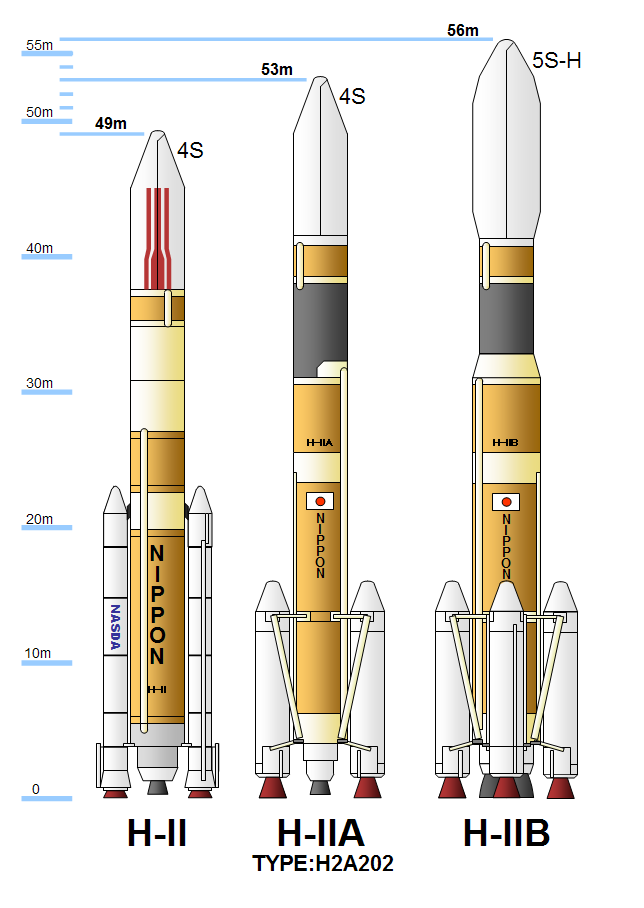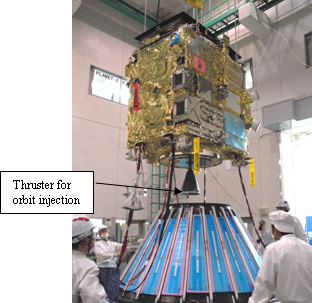|
|
||
Japan Aerospace Exploration Agency | ||

 JAXA, or Japan Aerospace Exploration Agency is the institution that makes and launches the Japanese spacecrafts; both satellite for the communication and navigation systems and the research devices. Such devices seem to be small and efficient.
JAXA, or Japan Aerospace Exploration Agency is the institution that makes and launches the Japanese spacecrafts; both satellite for the communication and navigation systems and the research devices. Such devices seem to be small and efficient.
 Launch rockets
Launch rockets
 Hayabusa mission
Hayabusa mission
 Venus Climate Orbiter "AKATSUKI"
Venus Climate Orbiter "AKATSUKI"
 Ikaros
Ikaros
 Quasi-zenith satellites
Quasi-zenith satellites
|